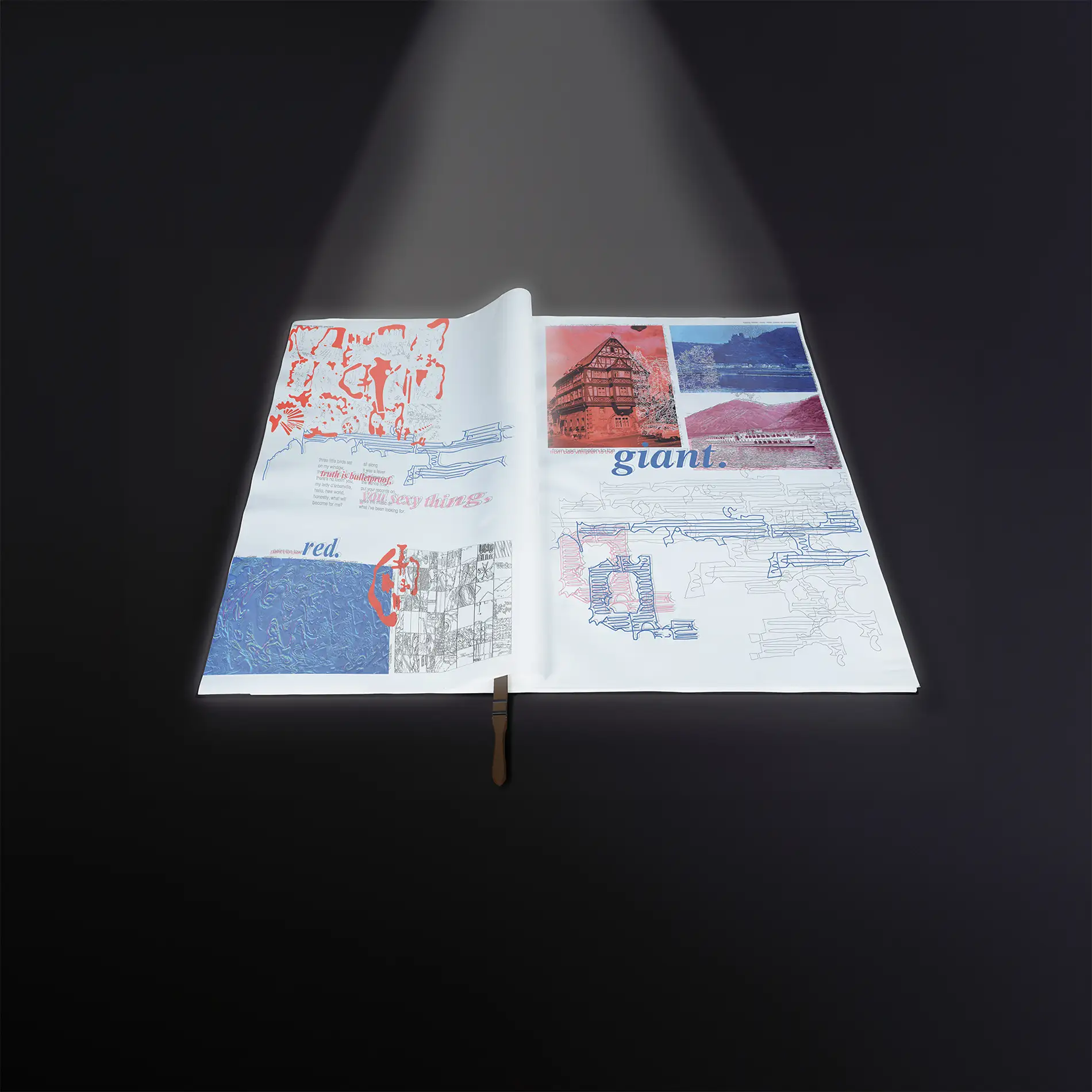In the perfect design process, everything is calculated, every probability is calculated and a solution is provided for every problem - right? Unfortunately, sometimes the rigidness of a certain, learned approach also means that you put blinkers on your own creativity. With the "Experimental Design" course, Sabine Cole deliberately wanted to steer her students away from this rigid approach and let chance decide everything in the development of a magazine called "GayBossyGott".
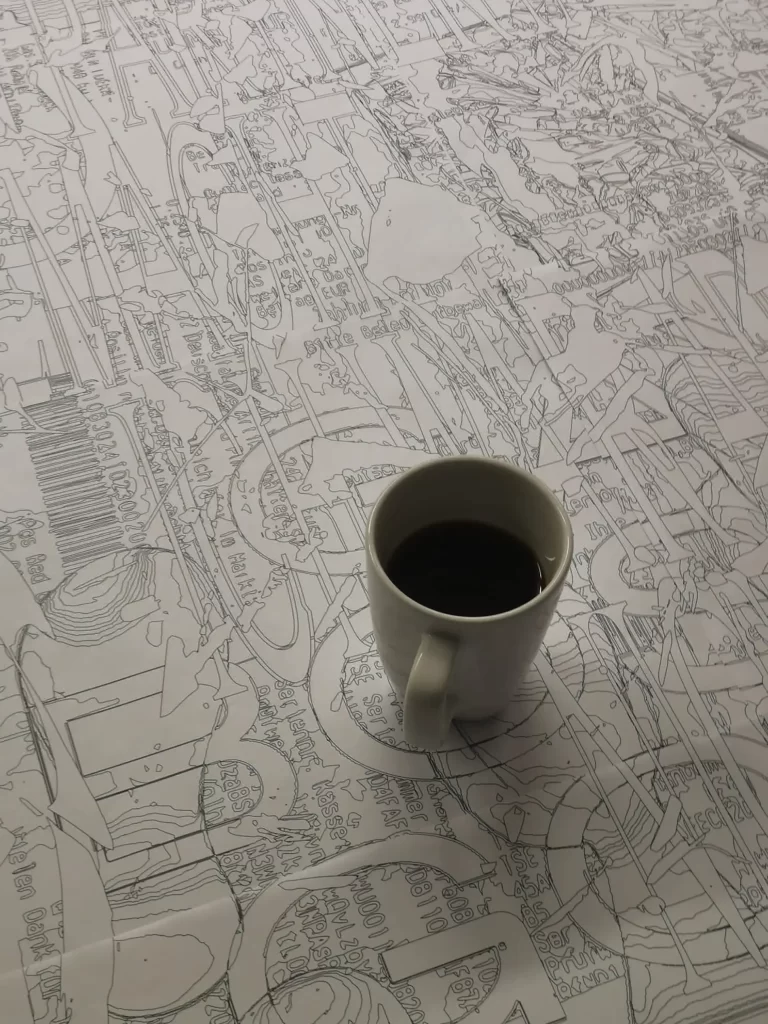
Instead of thinking every idea through to the end, restructuring it and giving it a final, efficient look, the 25 students in Sabine Cole's course set up a random content project with the guiding principle: everything can be completely pointless. Accordingly, the result is bursting with unusual, creative ideas on how to let chance play its visual game. From dicing colors to texting with the chaotic autocorrect function and snail trails sprinkled with glitter, everything is included, and it is clear to see that the students at the Faculty of Design at the Hildesheim University of Applied Sciences and Arts (HAWK) set themselves no limits.

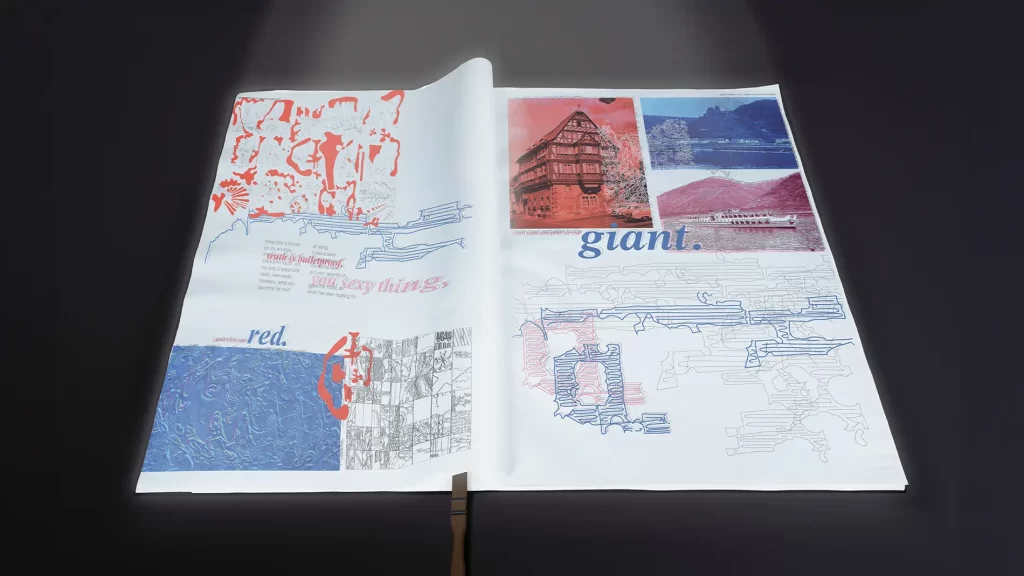
This is how the title "GayBossyGott" finally emerged without thinking from a series of letter cookies. With an oversize of 70 x 100 cm on a randomly selected paper, the printed result will be exhibited at this year's HAWK Winter Werkschau. It is staged there as an installation together with light projections, whereby here too, of course, chance has a finger in the pie. Which page is turned to which light show does not follow a principle, but depends on the randomly turning hands of the guests.
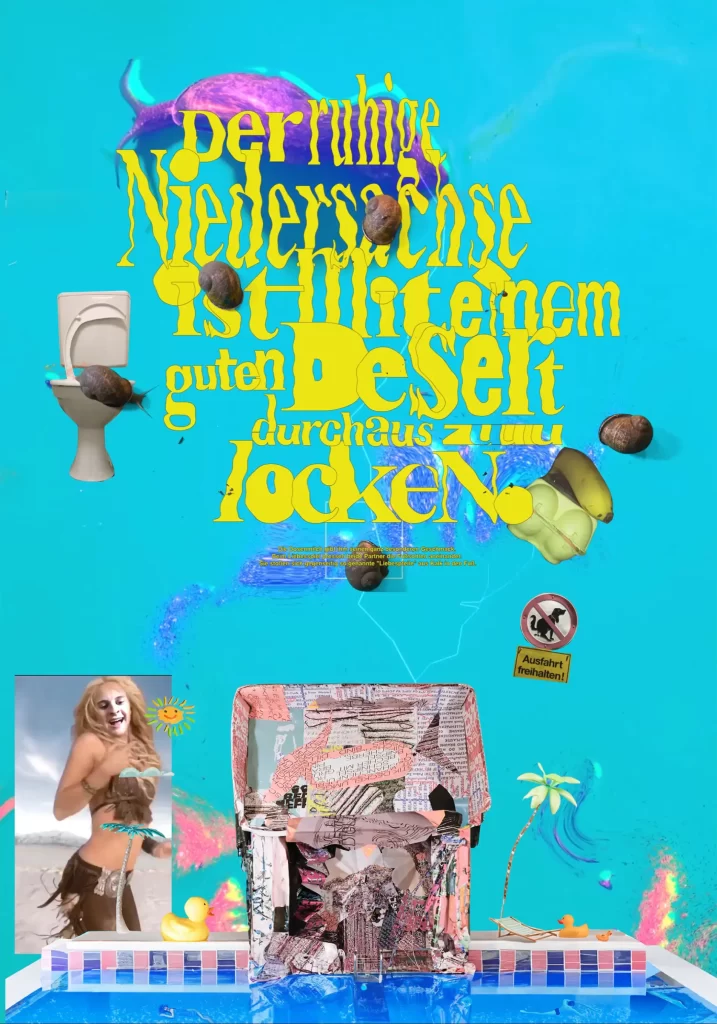
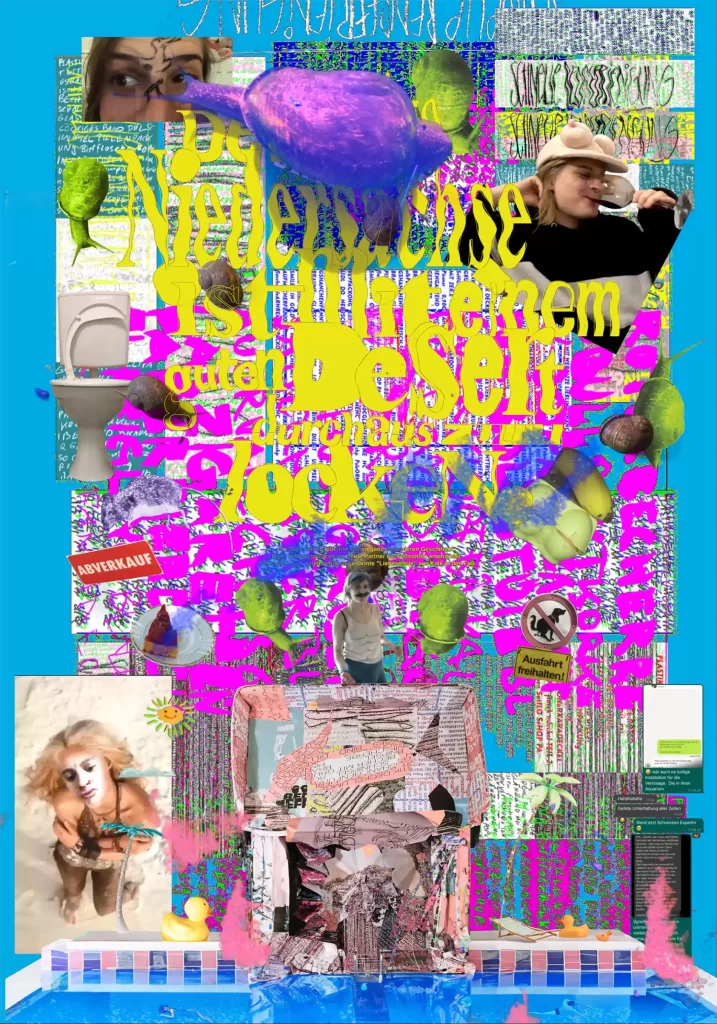
If you unfortunately didn't make it to the exhibition, you can still get an insight into the work: The website for the project shows the results to scroll through, and is definitely worth a visit for anyone who wants to be inspired, or just wants to be made to smile a little.
Text: Johanna Schmees
Click here for the magazine's website
Speaking of HAWK, we recently wrote about a great architecture book called "Visible - Women in Architecture", which was also created in a course at the university, read more here.

